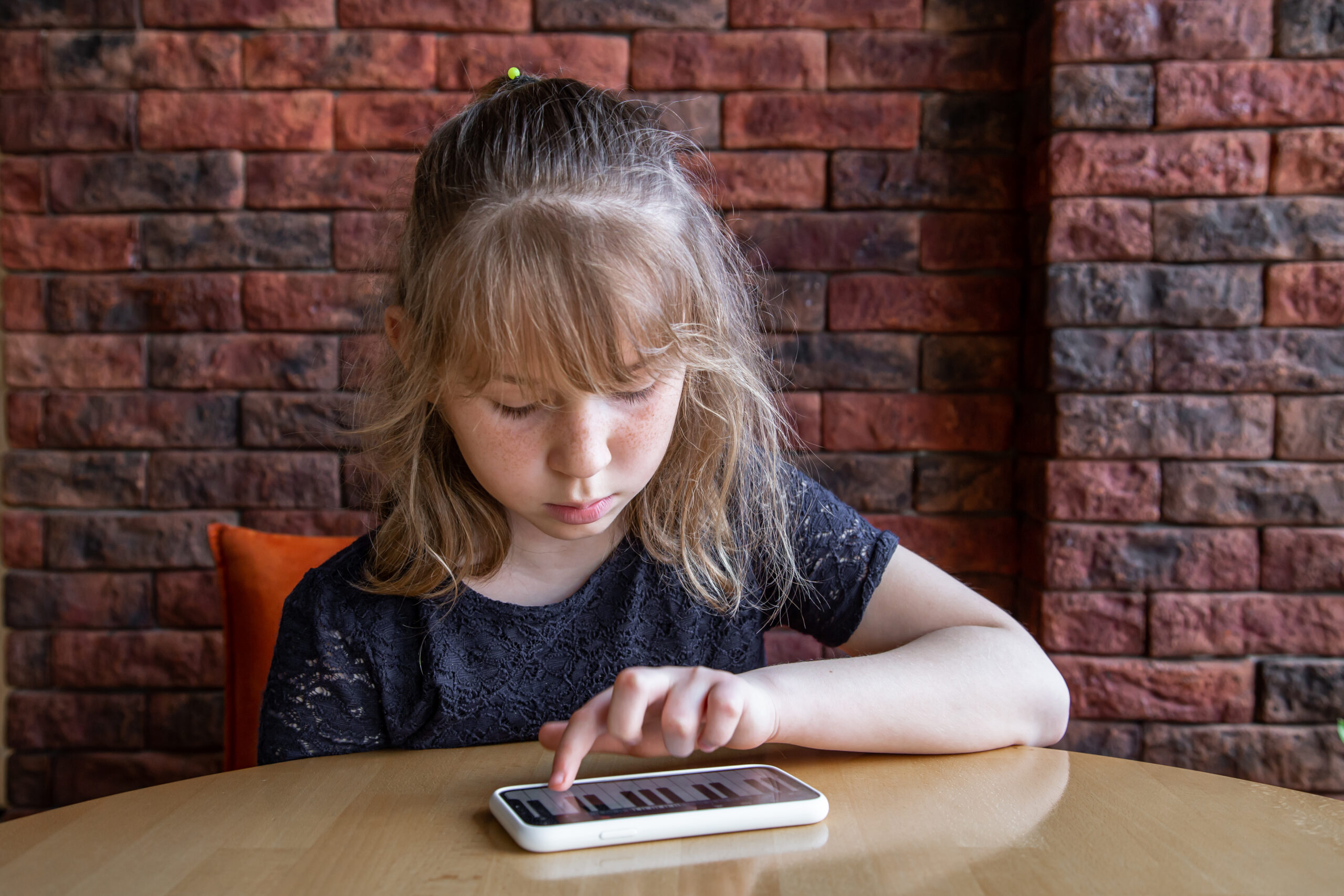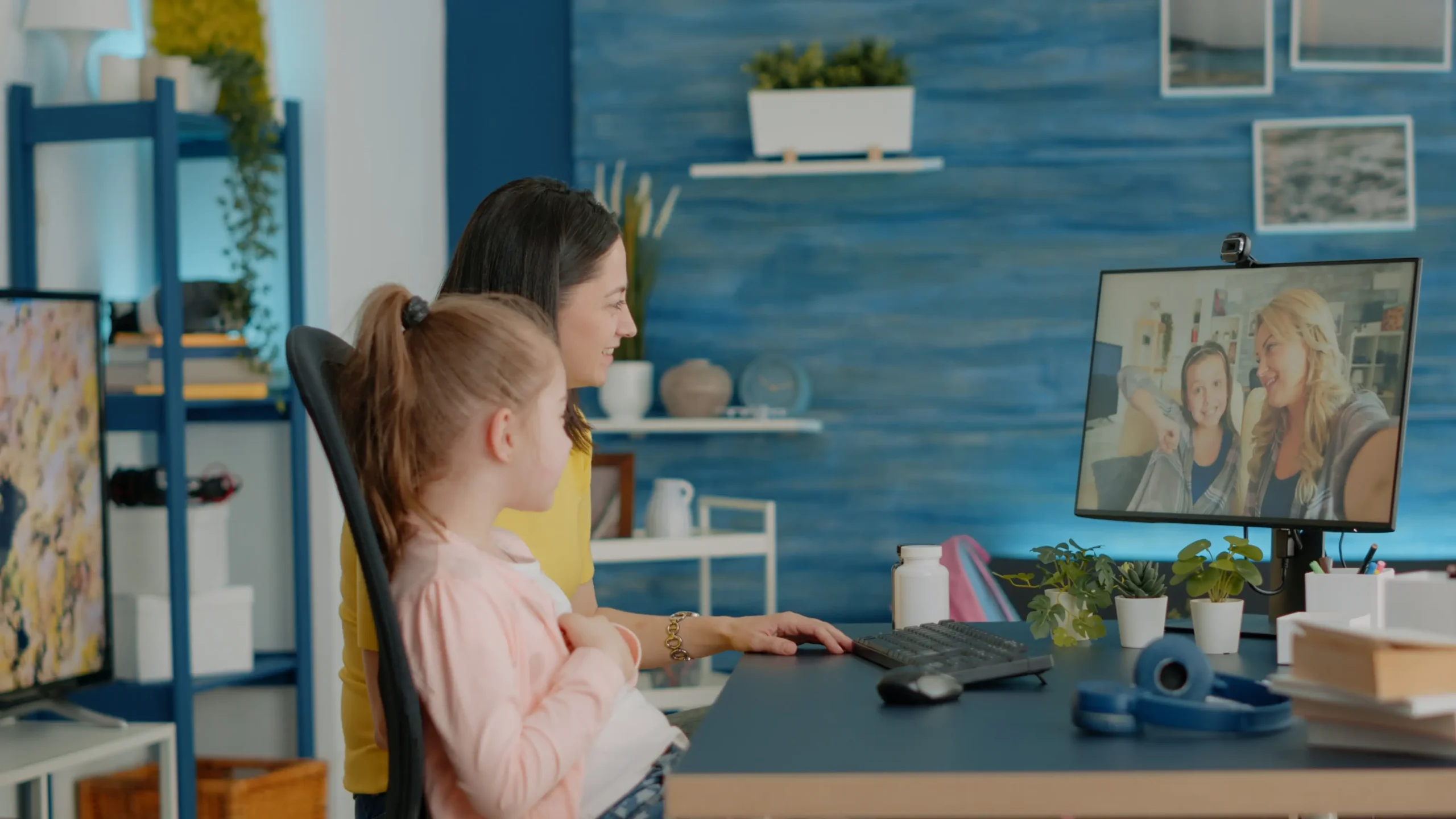Your child’s screen time might be causing more problems than you realize. Bedtime has become a battleground. Your toddler throws spectacular meltdowns when the tablet is taken away.
Your school-aged kid can’t sit through dinner without fidgeting with their device. Sound familiar? Most parents are aware that screens pose an issue, but determining when they cross the line from manageable to problematic isn’t always clear.
The truth is, excessive screen exposure doesn’t just waste time; it rewires young brains, disrupts sleep cycles, and replaces critical developmental activities kids need to thrive.
12 Signs Your Child Has Too Much Screen Time + (Easy Fixes)

Warning Signs to Watch For
1. Disrupted Sleep Patterns

Children struggle to fall asleep or experience restless nights. Blue light from devices suppresses melatonin production, making bedtime battles increasingly common.
2. Emotional Dysregulation

Intense tantrums, irritability, or aggressive outbursts occur when screens are removed. This emotional dependency is particularly concerning in younger children.
3. Declining Physical Activity

Reduced outdoor play, complaints of headaches, eye strain, neck pain, or poor posture indicate sedentary overuse affecting their physical health.
4. Attention Difficulties

Homework becomes a struggle, and non-digital hobbies lose their appeal. Constant digital stimulation makes focusing on regular tasks challenging.
5. Social Withdrawal

Your child consistently chooses virtual interactions over face-to-face connections, avoiding family time or peer activities.
6. Secretive Behavior

Hiding devices, lying about usage, or sneaking screens at night demonstrates problematic attachment requiring immediate attention.
7. Academic Decline

Falling grades, incomplete assignments, or rushing through schoolwork to return to devices signals interference with educational responsibilities.
8. Eye Strain Symptoms

Your child frequently complains of headaches or dry, irritated eyes. You notice them squinting, rubbing their eyes, or experiencing vision-related issues.
9. Diminished Creativity

Imaginative play has been replaced by passive consumption of content. Your child struggles to entertain themselves without technological stimulation.
10. Mealtime Distractions

Devices are constantly present during family meals, preventing meaningful conversation. Your child seems disconnected or distracted during mealtime interactions.
11. Time Awareness Issues

Your child loses track of time while using devices, with minutes turning into hours. They show surprise or denial when told how long they’ve been on screens.
12. Content Obsession

Conversations consistently revolve around games, videos, or online content. Your child exhibits a strong preoccupation with specific apps or digital experiences.
12. Emotional Dependency

Mood fluctuations appear to be directly tied to screen access or specific online activities. Your child uses screens as their primary coping mechanism for boredom or difficult emotions.
Easy Fixes That Work
1. For Sleep Disruption

Establish a device-free period of at least one hour before bedtime. Create a relaxing bedtime routine featuring books, gentle conversation, or soft music
2. For Irritability When Disconnected
Implement gradual transitions with clear time warnings before screen time ends. Create engaging alternatives ready to redirect attention when screen time concludes
3. For Declining Physical Activity
Schedule daily outdoor time with appealing activities like bike rides, sports, or playground visits. Consider active video games as a bridge between sedentary screen time and physical movement
4. For Social Withdrawal
Organize regular playdates or family activities that encourage face-to-face interaction. Encourage group activities aligned with your child’s interests, from sports to art classes
5. For Academic Performance Issues

Establish homework-first rules before any recreational screen time is permitted. Create a distraction-free study space away from devices and digital temptations
6. For Eye Strain Symptoms
Enforce the 20-20-20 rule: every 20 minutes, look at something 20 feet away for 20 seconds. Adjust screen brightness, increase text size, and ensure proper lighting in the room
7. For Diminished Creativity

Provide open-ended materials like art supplies, building blocks, or dress-up clothes. Designate screen-free days where creativity must flourish without digital assistance
8. For Mealtime Distractions
Create a device basket where all electronics are stored during meals. Initiate engaging conversation topics or family games to make device-free meals enjoyable
9. For Time Awareness Issues

Use visual timers that help children see how much screen time remains. Set up parental controls that automatically limit usage to agreed-upon time frames
10. For Content Obsession
Encourage diverse interests through exposure to various activities and experiences. Schedule regular media literacy conversations about healthy digital consumption
11. For Physical Complaints

Ensure proper ergonomics with appropriate seating and screen positioning. Implement mandatory movement breaks every 30 minutes of screen time
12. For Emotional Dependency

Teach and model healthy emotion regulation strategies beyond screens. Create a “feelings toolkit” with alternative activities for different emotional states.


